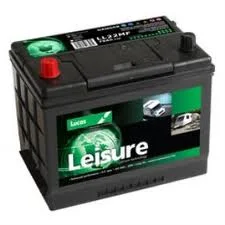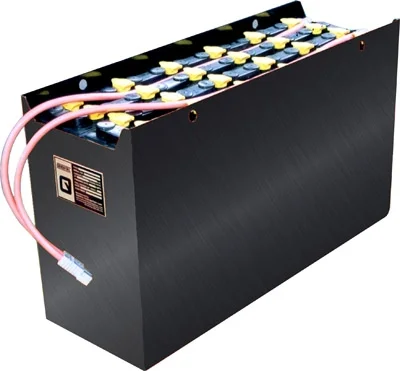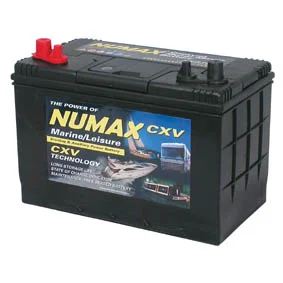Solar Power Batteries
A battery, which is actually an electric cell, is a device that produces electricity from a chemical reaction. Strictly speaking, a battery consists of two or more cells connected in series or parallel, but the term is generally used for a single cell. The capacity of a battery is measured in Ampere-hours or Amp-hours (Ah).
Batteries are the very heart of your solar electric system. They are where your power is stored – your reservoir.A battery storage bank is what allows your power system to deliver a constant level of power to your electrical loads. Without batteries you would have no power when the sun went down and maybe not even enough during daylight hours, depending on cloud cover, etc.
By running power from your solar panels through a charge controller and into your battery bank, power is available 24 hours a day, regardless of weather.
Sizing your battery bank
The number of batteries in your battery bank depends
on many factors such as:
• The number of appliances you use and the amount of power they take.
• The number of days the batteries go without charging, due to bad weather or other factors.
• The level of discharge you wish to go to before re-cycling.
• The temperature of the area where the batteries are stored.
• The size of your charging system.
Generally speaking, the more batteries in your bank the better, because you will have more reserve power available and the level of discharge will be lower.
Types of Batteries
A brief overview of the different types of batteries that may be used in solar electric and backup power systems.
Leisure Batteries
Leisure batteries or caravan batteries are usually the cheapest type of deep-cycle battery. They look similar to a car battery but have a different plate construction. Their capacity is normally in the range of 60 to 120 Ah at 12 Volts, making them most suitable for smaller systems.
Traction Batteries
Traction batteries are ideal for solar power applications, as they are intended to be fully discharged and recharged daily.
The term traction battery relates to all batteries used to power electric vehicles.
The smaller traction batteries are usually 6 or 12 Volt units, where the largest are single 2 Volt cells.
Sealed Batteries
There are many types of sealed lead-acid batteries, ranging from those of 1 or 2 Ah to single cell traction batteries of hundreds of Amp-hours. The advantages of sealed batteries are obvious; they need no maintenance and are spill-proof.
They are more expensive than other battery types and require more accurate charging control and can have a shorter life, especially at high temperatures. Sealed batteries are most appropriate where the solar power system will need to operate for long periods without maintenance.






